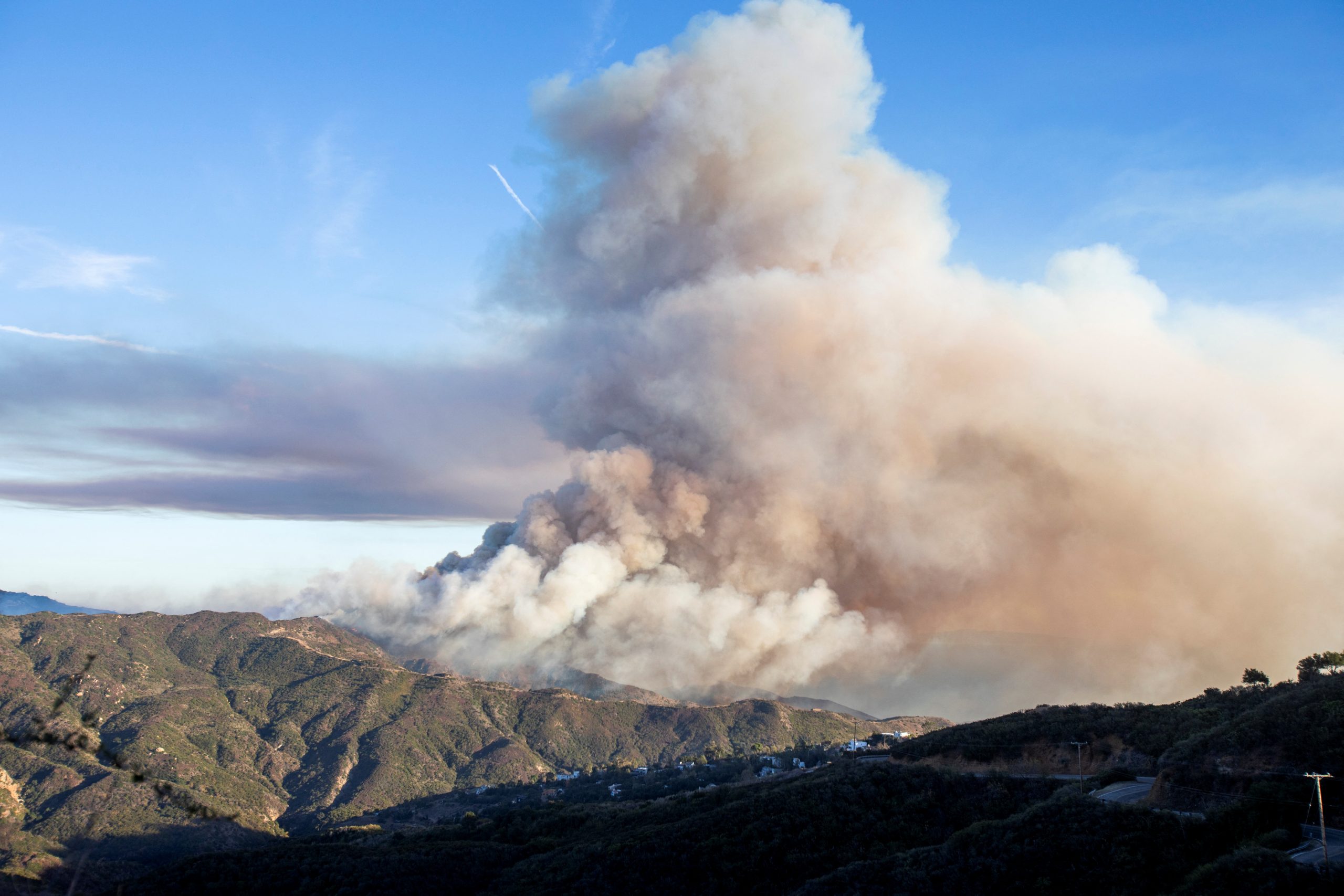California has announced new regulations to make it easier for consumers in wildfire-prone areas to obtain insurance. The new rules, set to take effect on January 2, allow insurers to use computer models instead of historical loss data to determine premiums.
Under the new regulations, insurers will be required to cover wildfire-prone areas at a rate corresponding to 85% of their statewide homeowners’ insurance market share. For example, an insurer with a 10% share of the statewide market must cover at least 8.5% of the wildfire-prone area. This measure aims to reduce cases of insurers withdrawing from high-risk regions or denying coverage due to risk factors.
Additionally, insurers must offer lower premiums to homeowners who take protective measures, such as installing fire-resistant walls, using non-combustible roofing materials, and clearing vegetation around their properties.

While consumers in wildfire-prone areas will have easier access to insurance, insurers will be allowed to calculate premiums using sophisticated computer models that account for weather data, geographic information, and wildfire risk.
California Insurance Commissioner Ricardo Lara stated, “Climate change has made historical data unreliable. We are implementing innovative, forward-thinking approaches to make insurance more accessible for consumers.”
The increasing frequency of wildfires was the primary catalyst for these regulatory changes. As wildfire damage has grown, insurers have faced mounting losses, leading many to either refuse coverage in high-risk areas or withdraw from the market entirely. Liberty Mutual, California’s seventh-largest insurer, ceased offering homeowners insurance in the state, while State Farm declined to renew policies for over 72,000 homes.
As a result, many consumers have turned to the California FAIR Plan, a state-run program offering minimal insurance coverage as a last resort. The number of FAIR Plan policyholders has surged, with its exposure growing from $15.3 billion in 2020 to $45.8 billion as of September 2023.
Reactions to the new regulations are mixed. Consumer advocacy group Consumer Watchdog warned that complex computer models could make premium calculations less transparent, potentially leading to excessive rate hikes.
In response, Insurance Department spokesperson Michael Soller assured the public that the regulations empower the department to cap unjustified premium increases and promised robust oversight to ensure compliance.
The insurance industry has welcomed the changes, calling them essential. The American Property Casualty Insurance Association (APCIA) criticized California’s existing regulations as outdated and too slow to adapt to evolving environmental challenges, expressing optimism that the new rules would revitalize the market.
A representative from the Korean-American insurance industry commented, “It’s too early to predict the full impact on consumers since detailed guidelines have not been released yet. However, if major insurers expand their offerings in wildfire-prone areas, the quality of coverage for consumers is expected to improve.”
BY WONHEE CHO [cho.wonhee@koreadaily.com]


![Deeper-I, Efinix sign deal to develop world’s first AI-FPGA single-chip solution Ikuo Nakanishi, left, vice president of sales at Efinix and Lee Sanghun, right, CEO of Deep-I pose for a photo after signing MOU on March 26. [Provided by Deeper-I]](https://www.koreadailyus.com/wp-content/uploads/2025/04/0401-DeeperI-100x70.png)

